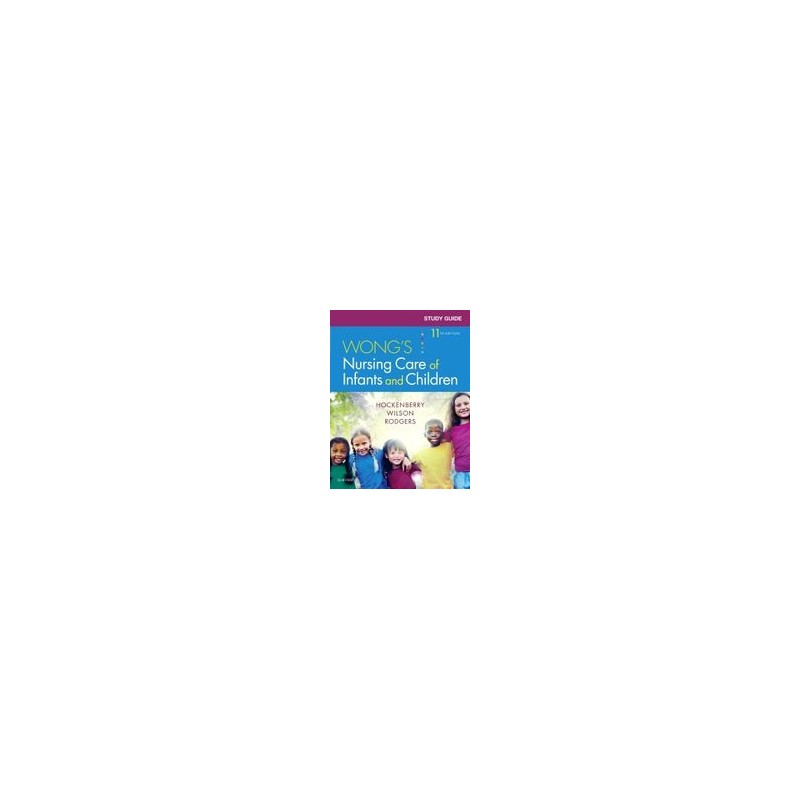- Reduced price

Order to parcel locker

easy pay


 Delivery policy
Delivery policy
Choose Paczkomat Inpost, Orlen Paczka, DHL, DPD or Poczta Polska. Click for more details
 Security policy
Security policy
Pay with a quick bank transfer, payment card or cash on delivery. Click for more details
 Return policy
Return policy
If you are a consumer, you can return the goods within 14 days. Click for more details
Corresponding chapter by chapter to the completely reorganized and revised Wongs Nursing Care of Infants and Children, 11th Edition, this study guide helps you apply pediatric nursing concepts to real-world practice. It assesses, reinforces, and strengthens your understanding of pediatric nursing with learning activities, review questions, and case studies with critical thinking questions. Learning Key Terms - consisting of matching and fill-in-the-blank questions - test your ability to define all key terms highlighted in each textbook chapter. An answer key for the review questions and learning activities is included in the back of the study guide. Pages are perforated, so submitting assignments is easy.
Data sheet
Reference: 39360
Author: Kenneth L. Haspel
Powered by Skyscape, Inc.
Reference: 88110
Author: Ichiro Kawachi
